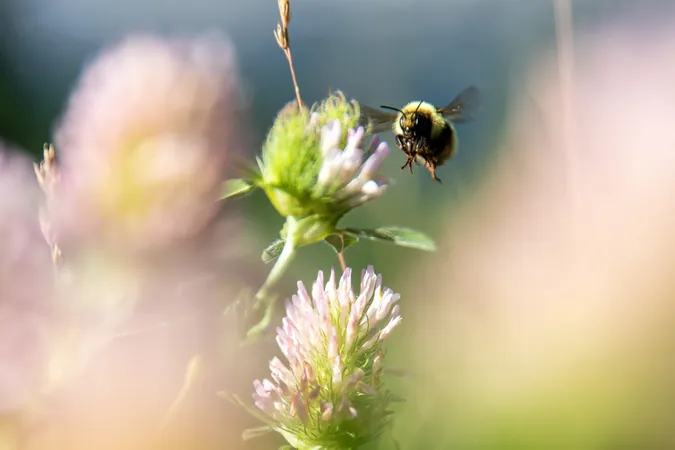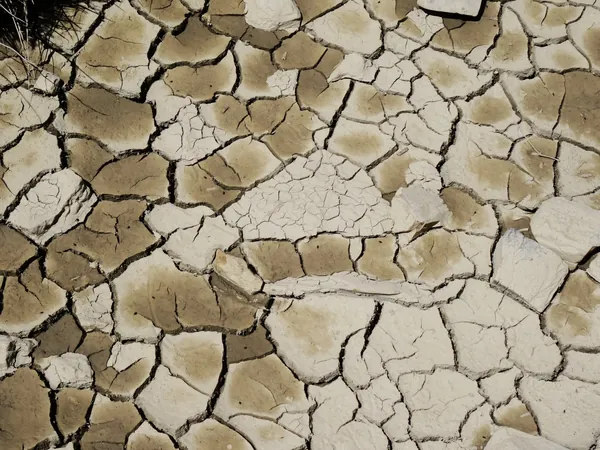
How Honeybees Are Turning Into Canada's Secret Weapon Against Pollution
2024-11-12
Author: Sophie
Canada, home to over 13,000 beekeepers and nearly a million beehives, produces an impressive 40 million kilograms of honey each year. This figure translates to approximately one kilogram of honey for every Canadian, illustrating the significance of these pollinators in our ecosystem.
Honeybees are more than just honey-makers; they act as small-scale monitoring stations for environmental pollutants. When bees forage for nectar, pollen, and water from flowers, they inadvertently gather traces of chemicals present in the soil and water around their habitat. Their fuzzy bodies collect airborne particles, including metals and toxins from industrial activities, creating a chemical signature reflective of their surroundings.
A fascinating aspect of honey production lies in its chemical composition, which encapsulates everything the bees have encountered in a roughly three-kilometer radius during their foraging. By analyzing this honey, researchers can effectively monitor the pollution levels of specific areas, offering a unique and natural approach to environmental assessment.
Recent studies conducted by a collaboration between Dalhousie University in Canada and the University of Manchester in the U.K. underline this potential. Research focused on Greater Manchester—historically known as an industrial hub—revealed troubling concentrations of metals like arsenic and cadmium in local honey. These findings not only reflect Manchester's industrial legacy but also indicate ongoing pollution patterns resulting from current activities such as transportation and construction.
The implications of using honey as a pollution monitoring tool are significant, particularly in Canada, where traditional methods can be both costly and cumbersome. The National Air Pollution Surveillance program currently tracks air quality across 286 sites in various Canadian communities, but concerns surrounding the accuracy of self-reported pollutant releases from industries persist. Honey could serve as a more cost-effective and reliable alternative, offering a snapshot of local pollution levels in real-time.
Innovative research has already demonstrated this efficacy in urban centers like Vancouver, where studies of honey from downtown hives revealed low levels of heavy metals, indicating the safety of the local environment. Yet, honey from areas near industrial sites showed significantly elevated metal concentrations.
Moreover, honeybees boast a more extensive coverage area than traditional monitoring sites, given their ability to forage far and wide. With a surge in urban beekeeping and community interest, beekeepers are becoming crucial 'citizen scientists', contributing valuable data on pollution trends across regions.
In light of rapid urbanization and industrial growth, finding effective ways to monitor environmental health is more critical than ever. As researchers tap into this honeybee-powered pollution monitoring method, Canada stands on the brink of harnessing the inherent capabilities of nature to foster a cleaner and safer environment for all.
Stay tuned: This sweet solution could help save our planet!









 Brasil (PT)
Brasil (PT)
 Canada (EN)
Canada (EN)
 Chile (ES)
Chile (ES)
 España (ES)
España (ES)
 France (FR)
France (FR)
 Hong Kong (EN)
Hong Kong (EN)
 Italia (IT)
Italia (IT)
 日本 (JA)
日本 (JA)
 Magyarország (HU)
Magyarország (HU)
 Norge (NO)
Norge (NO)
 Polska (PL)
Polska (PL)
 Schweiz (DE)
Schweiz (DE)
 Singapore (EN)
Singapore (EN)
 Sverige (SV)
Sverige (SV)
 Suomi (FI)
Suomi (FI)
 Türkiye (TR)
Türkiye (TR)